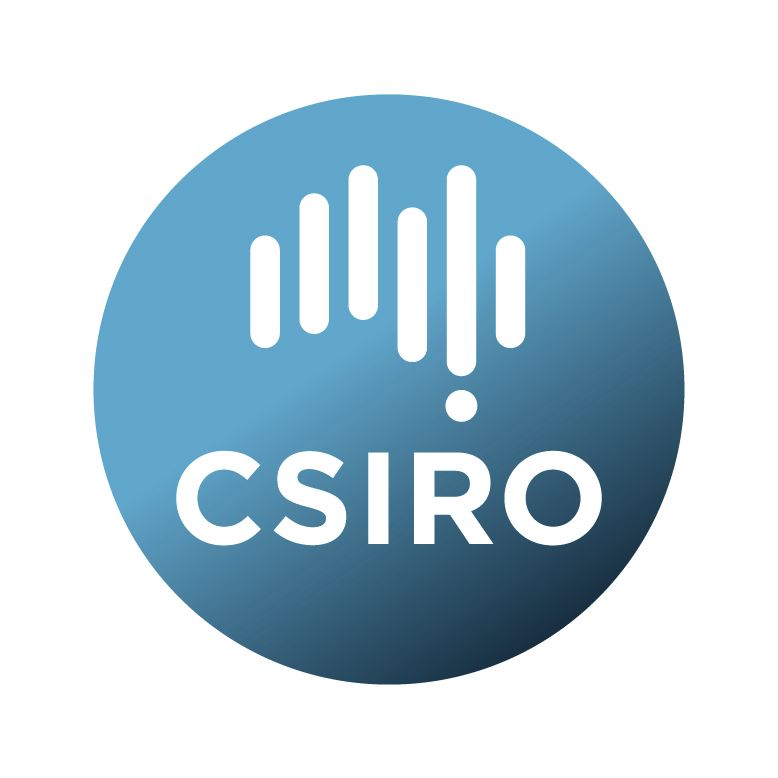Brief description
This collection contains data concerning the hydraulic properties of the overburden and surrounding surficial area of 34464 underground longwall coal mine scenarios. The hydraulic properties of each scenario are determined via numerical modelling of the strata caving during coal mining. The hydraulic properties are encoded into 9 metrics, including: the immediate-roof permeability, the height above the mining seam at which mining-induced permeability changes are negligible, the average depth of surface fractures and the maximum distance from the longwall perimeter that surface fractures may appear. This collection contains python scripts, which extract the hydraulic property metrics from the raw data and synthesize them, and the results of these scripts are also included.The reader is referred to acarp.com.au project C33022 for detailed explanation of the motivation, methods, scripts, analysis and results.
Quantifying the hydraulic characteristics of the longwall overburden and surrounding surficial area that is influenced by the longwall extraction is crucial to determining the impact of mining on the local groundwater and surface water systems, understanding water flows to the mine workings and gas flows through the goaf region. Groundwater and surface water impacts are contentious issues for a number of mines in Australia, and quantifying the hydraulic characteristics can assist to reduce controversy from such cases. Similarly, for mines with gas issues, quantifying the hydraulic characteristics allows more accurate estimation of gas flows within the goaf and to drainage boreholes from multiple overlying seams, and a more thorough assessment of gas risks.
This project estimates the hydraulic characteristics of the longwall overburden and the surrounding surficial area. The estimates are provided as formulae that are easily applied to common mining scenarios. Estimates of uncertainty are also provided. It is envisaged that these estimates of hydraulic properties and their uncertainties should be used in groundwater models to determine the influence of mining on the surrounding water systems.
Most likely, you are interested in core_results_description.txt and core_results.tar.gz
Lineage: The workflow leading to the core results contained in core_results.tar.gz (whose format is explained in core_results_description.txt) is as follows.
To find the permeability:
(1) variations/create_variations.py -v MODEL_BASENAME creates a bunch of Irazu models, encoded as MODEL_BASENAME/*.fdem .
(a) This uses variations/create_csv.py to create a CSV file defining the geometry and material properties for each Irazu model.
(b) Then irazu_scripting/create_irazu_model.py is called to create a mesh and Irazu input (.fdem) file. The mesh is created using gmsh using irazu_scripting/create_mesh.py, which in turn calls gmsh
(2) Run Irazu on all the .fdem files. Use MODEL_BASENAME/results/extract_results.py to extract the useful output of Irazu
(3) create_variation_moose_meshes.py -v MODEL_BASENAME creates the MOOSE meshes for all of the Irazu results
(4) extract_variation_subsidence.py -v MODEL_BASENAME extracts the topographic subsidence for all the Irazu results
(5) batch_all_slices.py -v MODEL_BASENAME will create MODEL_BASENAME/run_all_slices.sbatch which can be run on HPC. This runs MOOSE to find the permeability of each slice.
(6) `check_all_unit_cells.py -v -r -t MODEL_BASENAME models_to_run.txt` followed by `batch_all_unit_cells.py -v -o MODEL_BASENAME --models_to_do_fn=models_to_run.txt` will create MODEL_BASENAME/run_all_units_cells*.sbatch, which is a batch file that can be run on HPC. It calculates the unit-cell permeability
Now for postprocessing to find the hydraulic-conductivity metrics:
(7) - `fracture_horizon.py -v --model_type=MODEL_TYPE` computes the fracture_horizon for all models of the given type. Here MODEL_TYPE=single_lithology, or MODEL_TYPE=two_lithology or MODEL_TYPE=all_lithology. Results are in MODEL_TYPE_fracture_horizon.csv
(8) `fit_slices.py -v -o -s --model_type=MODEL_TYPE` fits all the slice results with a straight line and extracts the slope and intercept and height of connective fracturing and total height of fracturing to MODEL_TYPE_slice_fits.csv. Here MODEL_TYPE=single_lithology, or MODEL_TYPE=two_lithology or MODEL_TYPE=all_lithology Results are in MODEL_TYPE_slice_fits.csv
(9) `mean_verticality.py -v -o -s --model_type=MODEL_TYPE` finds the mean verticality and writes to MODEL_TYPE_mean_verticality.csv. Here MODEL_TYPE=single_lithology, or MODEL_TYPE=two_lithology or MODEL_TYPE=all_lithology. Results are in MODEL_TYPE_mean_verticality_fits.csv
(10) `near_topography.py -v -o --model_type=MODEL_TYPE` finds the near-topography metrics and writes to MODEL_TYPE_near_topography.csv. Here MODEL_TYPE=single_lithology, or MODEL_TYPE=two_lithology or MODEL_TYPE=all_lithology Results are in MODEL_TYPE_near_topography.csv
(11) `flow_to_perm.py -v --model_type=MODEL_TYPE` translates the unit_cell_results.txt files into perm.txt files.
(12) `create_database.py -v` creates the ML database, stored in ml/database.csv.
ml/database.csv contains the hydraulic metrics for almost all models. Unless you are wanting to reproduce the workflow mentioned above, start with ml/database.csv and perform data analytics on it.
ml/700_database.csv contains the hydraulic metrics for an additional 130 models that represent coal mines that are 700m deep
ml/hor_stress_database.csv contains the hydraulic metrics for an additional 520 models that represent high-stress coal mines
These three files are also contained in core_results.tar.gz
Data analytics:
(13) ml/fcn_fits.py fits various functions to the conductivity metrics and plots the results. This produces fcn_fits_results.csv. This file is also found in core_results.tar.gz
(14) ml/predict.py uses the least-squares best-fit parameters from fcn_fits.py to predict some results
(15) ml/neural_net.py can be used to perform lots of neural-net analyses on the data. See ml/README.md for examples.
Available: 2023-10-05
Data time period: 2022-07-01 to 2023-06-30
Subjects
Computational Modelling and Simulation in Earth Sciences |
Earth Sciences |
Engineering |
Geoinformatics |
Groundwater Hydrology |
Hydrology |
Mining Engineering |
Resources Engineering and Extractive Metallurgy |
coal mine |
groundwater |
hydraulic conductivity |
longwall |
numerical modelling |
permeability |
surficial crack |
User Contributed Tags
Login to tag this record with meaningful keywords to make it easier to discover
Identifiers
- DOI : 10.25919/T9DC-KD91

- Local : 102.100.100/600471


